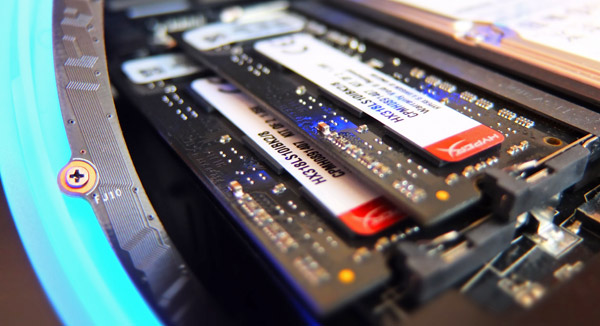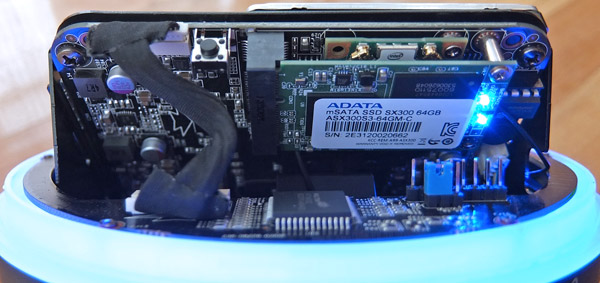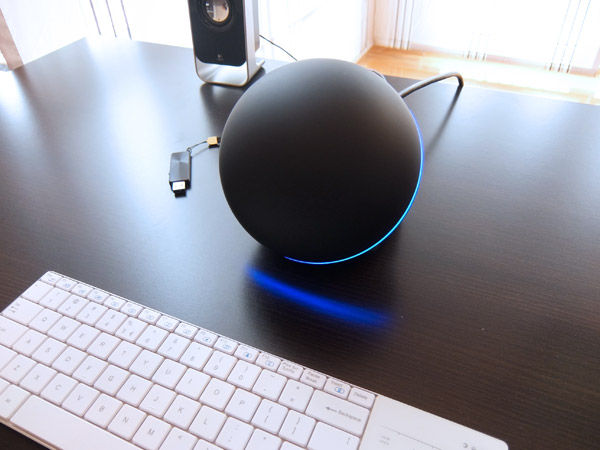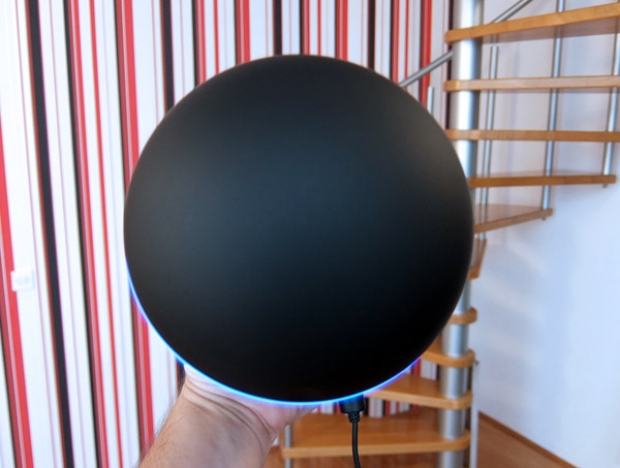Index
Zotac Sphere barebones build
Since Zotac OI520 Plus reviews went live months ago, we decided to take the road less travelled and treat the review sample as a barebones box, well, a barebones sphere in this case. We saw no point in doing just another review of a Plus unit with the stock configuration, so we wanted to check out how it would do with two memory modules and an mSATA system drive.

2Chan/b/ - two sticks of speedy Kingston HyperX memory
Kingston provided us with a speedy HyperX Impact Black DDR3L 8GB kit (4GBx2). Granted, this 1866MHz (PC3L-14900S) memory kit is overkill for this type of machine, as it would feel at home in much pricier gaming laptops, but we are not showing off – we are simply trying to prove a point.
The Crucial stock memory used in the Plus model is good enough, but you get just one module. It’s a trade-off, Zotac could have used a kit, which would increase the price and limit upgradeability, but instead it used a single module, leaving the second slot free for future upgrades, saving a couple of bucks at the cost of a performance penalty.

2012 vintage ADATA mSATA drive
We also got a cheap 64GB mSATA SSD to act as the system drive. After some consideration, we found that ADATA’s relatively old XPG SX300 drive ticked all the right boxes – it’s cheap, yet delivers 550MB/s read and 485MB/s write performance, with 25k/65k read/write IOPS. The unit is based on the SandForce SF-2281 controller and despite its age the drive still delivers solid performance.
So what sort of performance gain did we get with the added hardware?

Swanky, innit?
The tweaks made quite a difference in most benchmarks, but the subjective impression was even better. Even with a relatively old SSD, the system boots in mere seconds, wakes up instantly and is more responsive in every situation. The increased amount of memory and the slightly higher clock may not make a huge difference given the intended role of the system, but dual-channel memory can have a big impact on iGPU performance, so let's start there.




